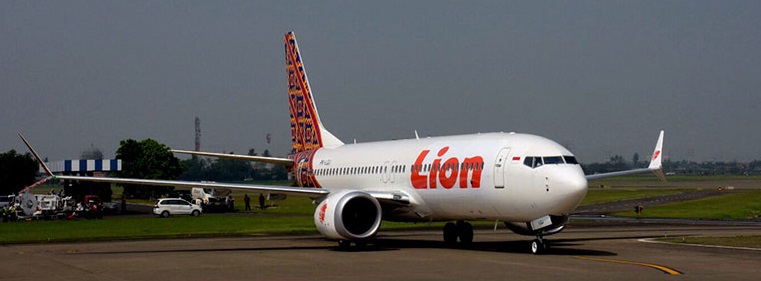Emirates and TAP Air Portugal Sign MOU to Expand Strategic Partnership
Dubai, UAE, March 2021 – Emirates and TAP Air Portugal has signed a Memorandum of Understanding (MoU) to expand the codeshare partnership currently in place between both airlines. The new agreement will see customers of both…

